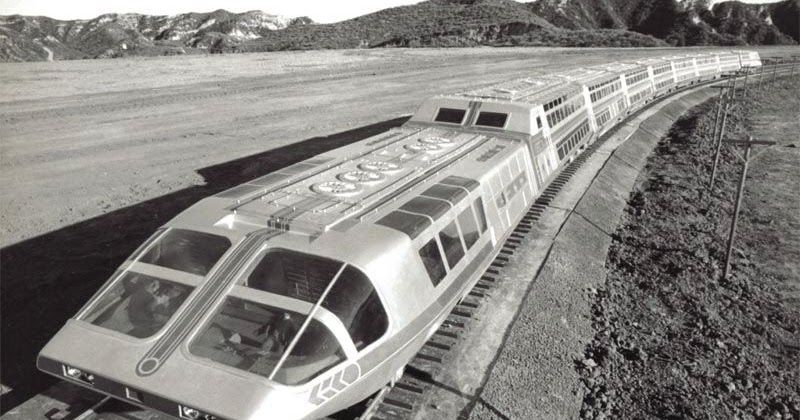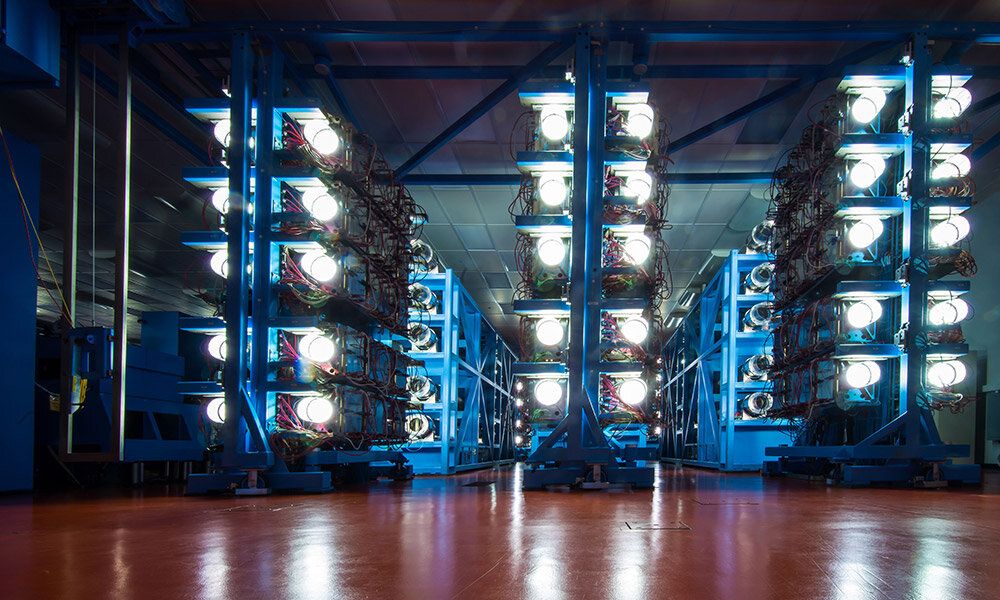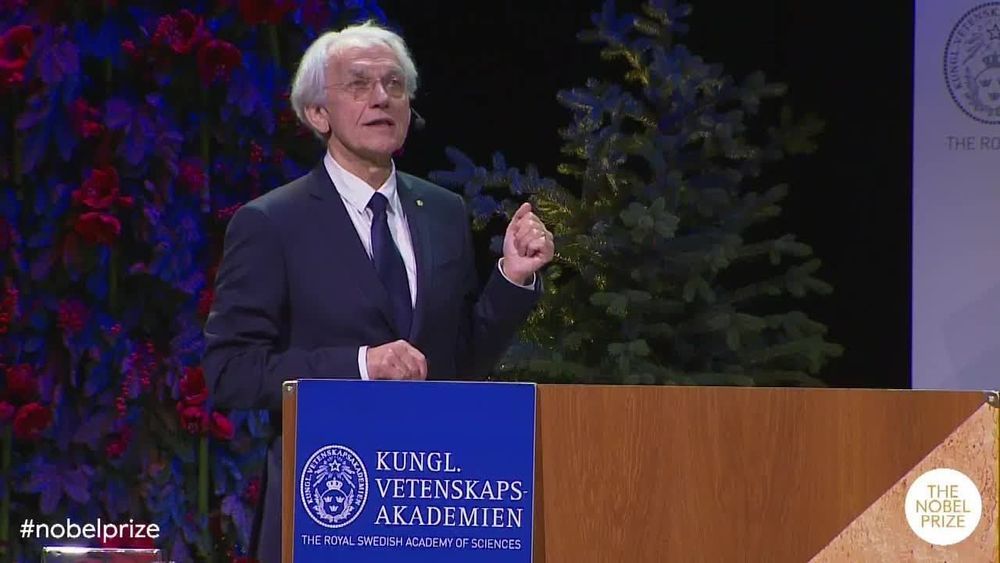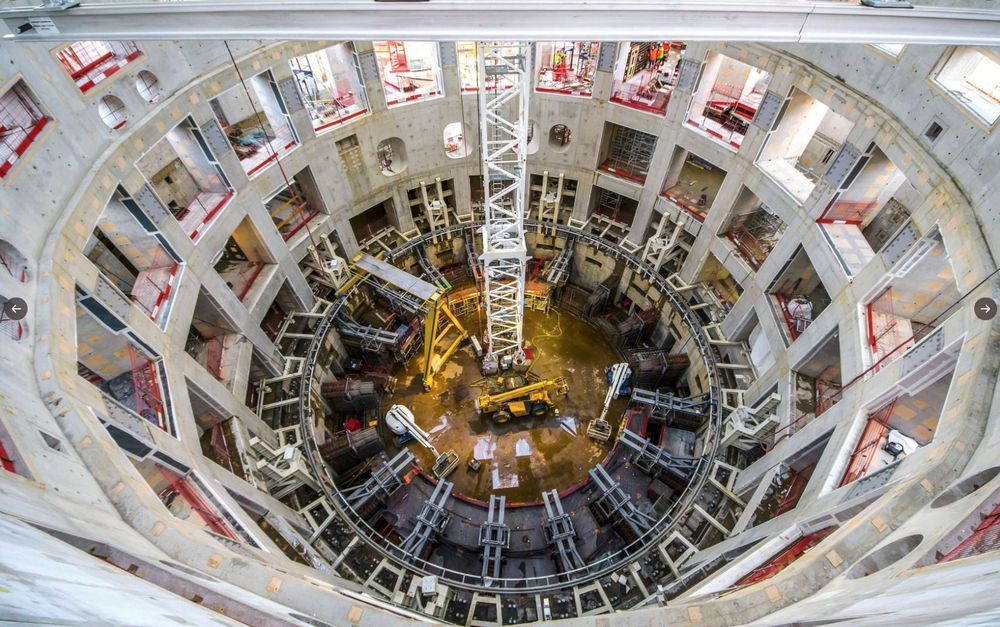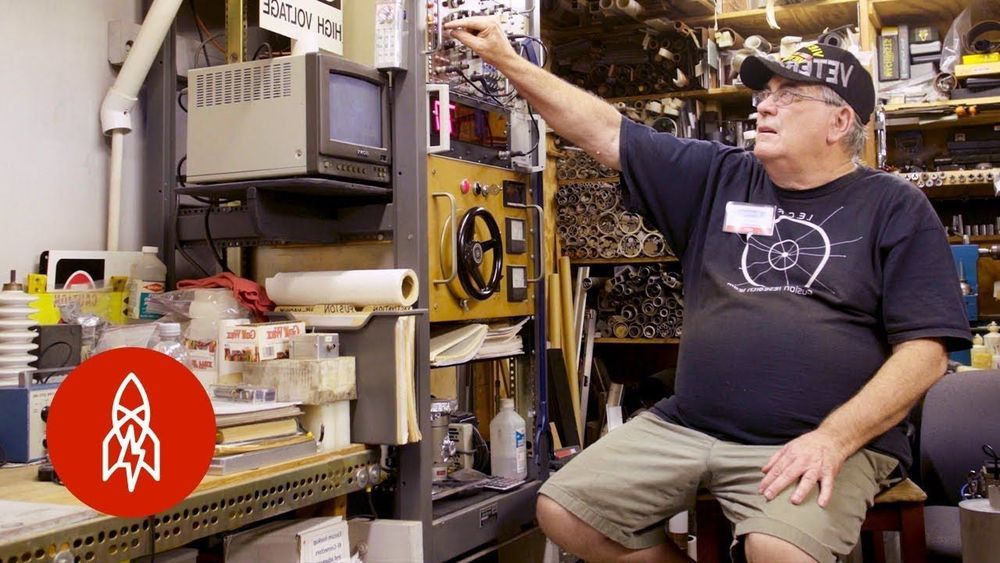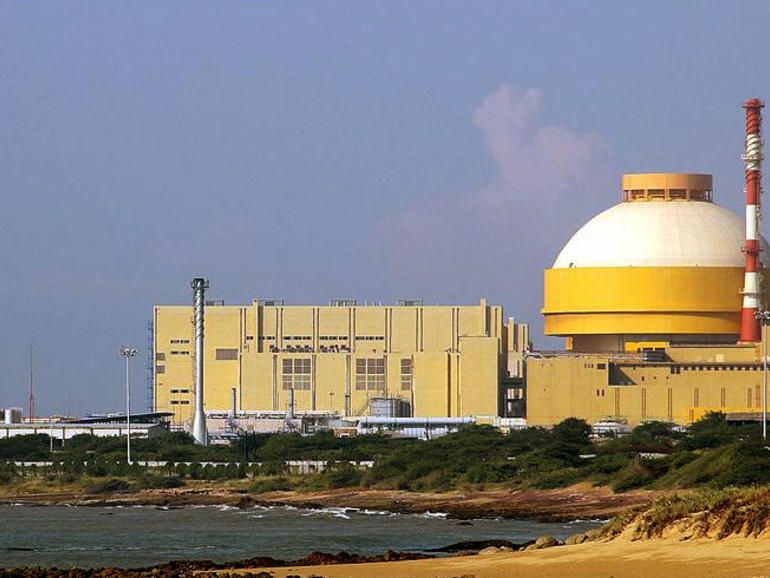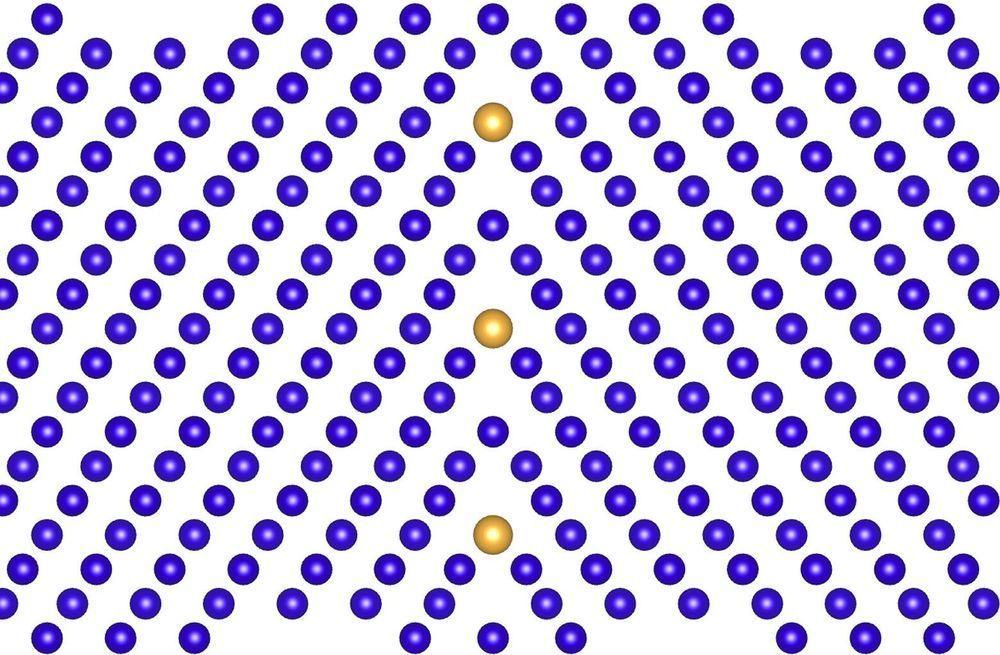Dec 4, 2019
The Nuclear-Powered Bullet Train From the 1970’s Series ‘Supertrain’
Posted by Shailesh Prasad in categories: nuclear energy, transportation
A nuclear-powered bullet train that was equipped with amenities more appropriate to a cruise ship, it had luxuries such as swimming pools and shopping centers.
Supertrain was an American television drama/adventure series that ran on NBC from February 7 to May 5, 1979. Nine episodes were made. Most of the cast of a given episode were guest stars. The production was elaborate, with huge sets and a high-tech model train for outside shots.
On February 7th, 1979, thousands of Americans were introduced to the Supertrain, which ran from New York to Los Angeles. Nuclear-powered, the super-wide-bodied train topped out at 190 miles per hour and boasted on-board luxuries like a swimming pool, a discotheque, a shopping center and a movie theater. It even had a dedicated on-board Social Director.
